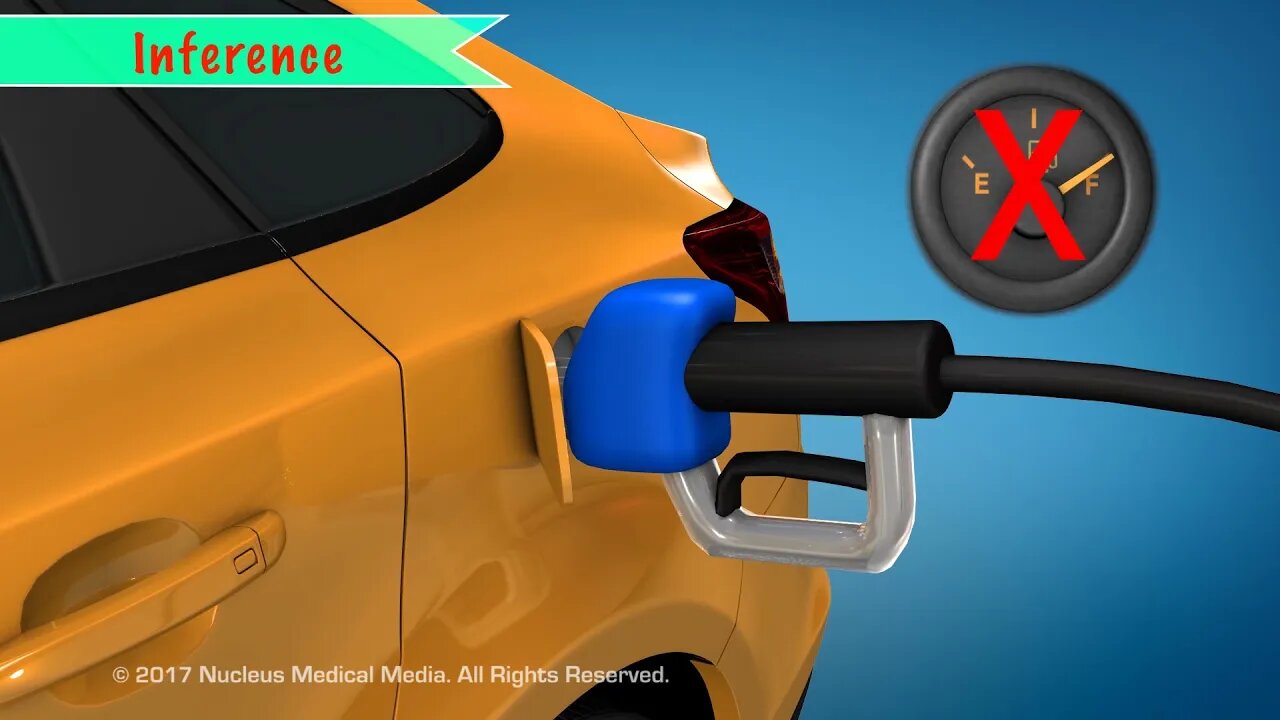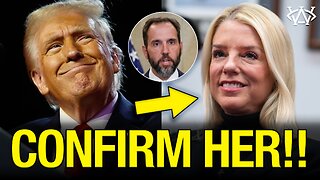Premium Only Content

Scientific Method
For Employees of hospitals, schools, universities and libraries: download up to 8 FREE medical animations from Nucleus by signing up for a free trial at: http://nmal.nucleusmedicalmedia.com/biology_youtube
#ScientificMethod #ScienceFoundation #biology
SCIENCE ANIMATION TRANSCRIPT: Well begin our study of biology with the scientific method. The word biology is made up of the terms bio, which means life, and the suffix, ology, which means the study of. So, biology is the study of life and living organisms. And the foundation of all sciences, including biology, is the scientific method. The scientific method is an orderly way of investigating and evaluating factual information to learn how the world around us works. The basic steps of the scientific method are:making an observation, forming an inference and developing a hypothesis, conducting a controlled experiment, and drawing conclusions. Scientists use their senses to notice things in the world around them. After making observations, scientists ask questions, and then gather information, called data. After making observations, scientists ask questions, and then gather information, called data. For example, My car is terrible! is an example of subjective data. In contrast, My car wont start! is objective data, and is an example of an observation. Lets use this car trouble as an everyday example of using the scientific method to solve a problem. In this situation, when youre having trouble with your car, you might then ask, Why wont my car start? Well, there could be a number of causes maybe the car is out of fuel, or the battery might be dead. You could use an inference to possibly eliminate one of these things. Using an inference means to apply information in a logical way to reach a conclusion. In this example, your inference might be that the problem isnt a lack of fuel, because you know you filled the gas tank yesterday and havent driven the car very far since then. Your inference that a lack of fuel isnt the cause of the car failing to start may lead you to think the problem might be a dead battery. You can use this idea to form a testable explanation, called a hypothesis. You must to be able to test a hypothesis in order for it to be considered valid and scientific! A hypothesis can be presented in the form of an if then statement. In this case, the hypothesis might be, If my car starts when I use jumper cables, then the battery is the problem. This hypothesis is testable because either your car will or wont start when you use the jumper cables. Now, you can design a controlled experiment to test your hypothesis. During a controlled experiment, you control, or keep constant, all the factors, known as variables, except for the one you want to test. In this experiment, the variable that changes is the battery, while all other possible variables that might prevent the car from starting are not manipulated or changed. Why must you change only one variable? Because if you change or affect more than one, you wont know which variable caused the car to start. You can carry out your controlled experiment by attaching jumper cables from a charged battery to the battery in your car to see if the car then starts. In an actual experiment, you would record any data that results, such as how long you tried to jump-start the battery, and whether or not the car started. Well cover more details on controlled experiments and types of data in separate videos. After completing your experiment, you can draw a conclusion by using the resulting data to see if it supports your hypothesis. Remember, your hypothesis was, If my car starts when I use jumper cables, then the battery is the problem. The results of the experiment confirmed the hypothesis, so the conclusion is that the battery was the problem. If your car didnt start when using jumper cables, then your original hypothesis was not supported. As a result, a new hypothesis needs to be formed and tested. The scientific method continues until no more options remain. In review, the basic steps of the scientific method are: making an observation, forming an inference and developing a hypothesis, conducting a controlled experiment, and drawing conclusions.
NSV16035
-
 LIVE
LIVE
Mally_Mouse
57 minutes agoLet's Hang!! -- P.O.Box opening! & Stardew Valley pt. 20!
298 watching -
 LIVE
LIVE
The Amber May Show
3 hours agoDeep Dive On The California Fires | Gulf of 'Merica | Alan Sanders
185 watching -
 5:32
5:32
Rethinking the Dollar
6 hours agoHolding 0.001 Bitcoin Could Make You a Millionaire – Here’s Why You’re the Elite
11.5K6 -
 14:23
14:23
Degenerate Jay
8 hours ago $0.21 earnedThe Arkham Batman Is Alive - The Suicide Squad Game Is Dead
8.77K -
 1:06:50
1:06:50
PMG
20 hours ago $0.61 earned"Never trust a government that leads you into the apocalypse"
31.3K4 -
 1:05:15
1:05:15
In The Litter Box w/ Jewels & Catturd
23 hours agoExternal Revenue Service | In the Litter Box w/ Jewels & Catturd – Ep. 720 – 1/15/2025
60.7K25 -
 5:55:09
5:55:09
Benny Johnson
10 hours ago🚨Confirmation Hearings LIVE Right NOW | Pam Bondi, Rubio, John Ratcliffe & More| Deep State PANIC
211K382 -
 6:04:07
6:04:07
Barry Cunningham
1 day agoWATCH LIVE: Pam Bondi Attorney General Confirmation Hearing For w/ Nancy Mace Interview
48.1K22 -
 6:15:44
6:15:44
Robert Gouveia
12 hours agoPam Bondi Confirmation Hearing LIVE! Trump's Nominee to FIX Corrupt DOJ as Attorney General
72.6K30 -
 1:57:41
1:57:41
The Quartering
6 hours agoTrump Just FREED Hostages, Pam Bondi Hearing, TikTok To SHUTDOWN, Bill Burr Gets Woke, LA Fires
64.6K44